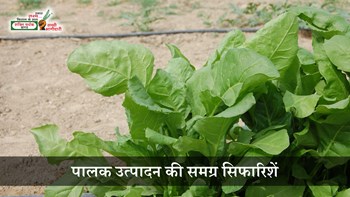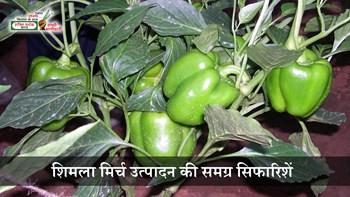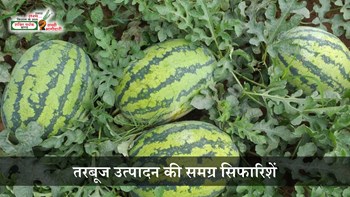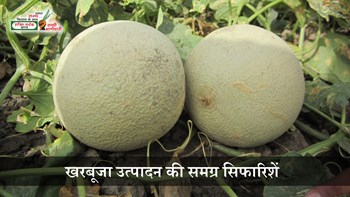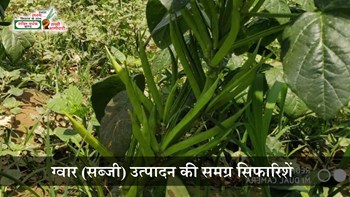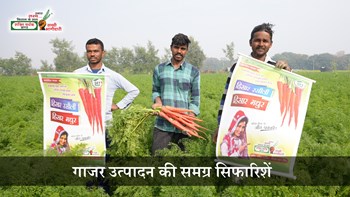Benefits of the Crop Insurance Scheme:
One of the most significant benefits of crop insurance is financial security. When crops are damaged due to drought, flood, pest attack, or any other natural calamity, insured farmers receive compensation. This financial support helps them recover from losses, repay loans, and invest in the next farming season without falling into the trap of debt.
Another key advantage is the reduction of risk and anxiety. Knowing that their crops are insured gives farmers a sense of security and peace of mind. It encourages them to adopt modern farming techniques and invest confidently in better seeds, fertilizers, and machinery.
Crop insurance also promotes agricultural sustainability. Safeguarding farmers against financial setbacks ensures they can continue farming activities even after a poor harvest. This, in turn, contributes to national food security and rural stability.
Moreover, such schemes often help farmers access institutional credit more easily. Banks and financial institutions are more willing to offer loans to farmers who have insured their crops, as the risk of default due to crop failure is reduced.
Process of Crop Insurance Scheme:
Enrolling in a crop insurance scheme is straightforward and designed to be farmer-friendly. Farmers first need to check whether the scheme is available in their region and whether their crops are eligible under the program. In India, for example, the Pradhan Mantri Fasal Bima Yojana (PMFBY) is a flagship scheme that covers various crops, including food grains, oilseeds, and commercial crops.
To apply, farmers must approach their nearest bank branch, common service center (CSC), or authorized insurance company office. They need to submit required documents such as proof of land ownership, sowing certificate, Aadhaar card (or any government ID), and bank account details. Tenant and sharecropper farmers are also eligible, provided they can show proof of cultivation.
Premium payment is an essential step. Farmers are required to pay a nominal premium, which is heavily subsidized by the government. For example, under PMFBY, farmers pay only 2% of the sum insured for Kharif crops, 1.5% for Rabi crops, and 5% for commercial and horticultural crops. The remaining premium is shared by the central and state governments.
After enrollment, farmers receive an acknowledgment of their coverage along with a policy number. In the event of crop loss due to notified risks such as natural calamities, pests, or diseases, farmers must inform their insurance provider or nodal agency within the stipulated time — usually 72 hours of occurrence.
The insurance company, in coordination with agricultural officers, conducts a crop damage assessment. Once the claim is verified, compensation is directly credited to the farmer’s registered bank account.
Conclusion
Crop insurance schemes act as a safety net for farmers, protecting their hard work and investments from unforeseen disasters. By offering financial relief, encouraging sustainable farming, and improving access to credit, these schemes play a vital role in strengthening the agricultural sector. For farmers, understanding the benefits and process of crop insurance is the first step toward securing their livelihood and ensuring long-term agricultural prosperity.

